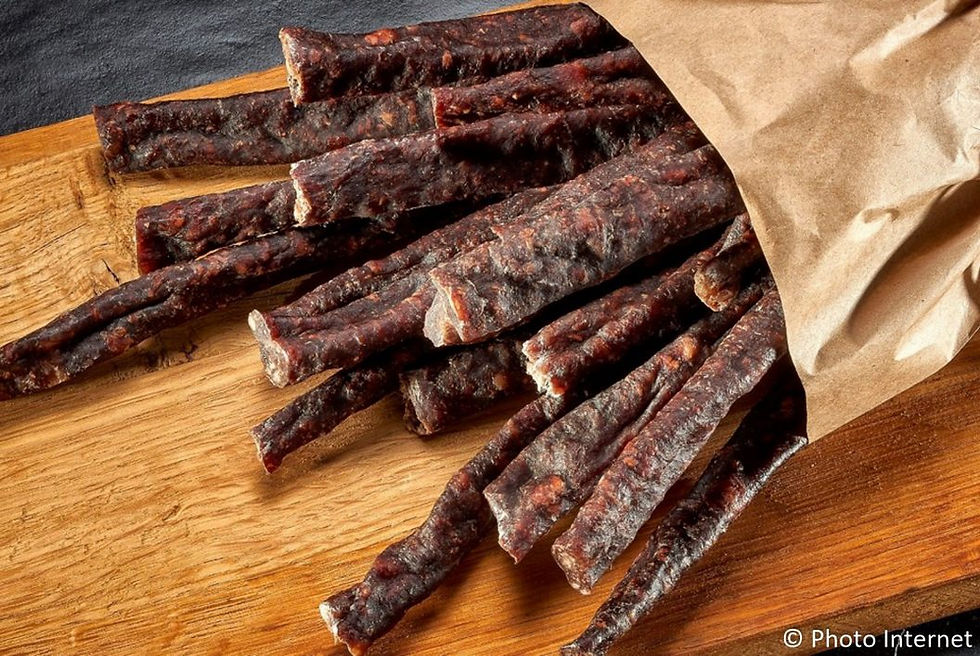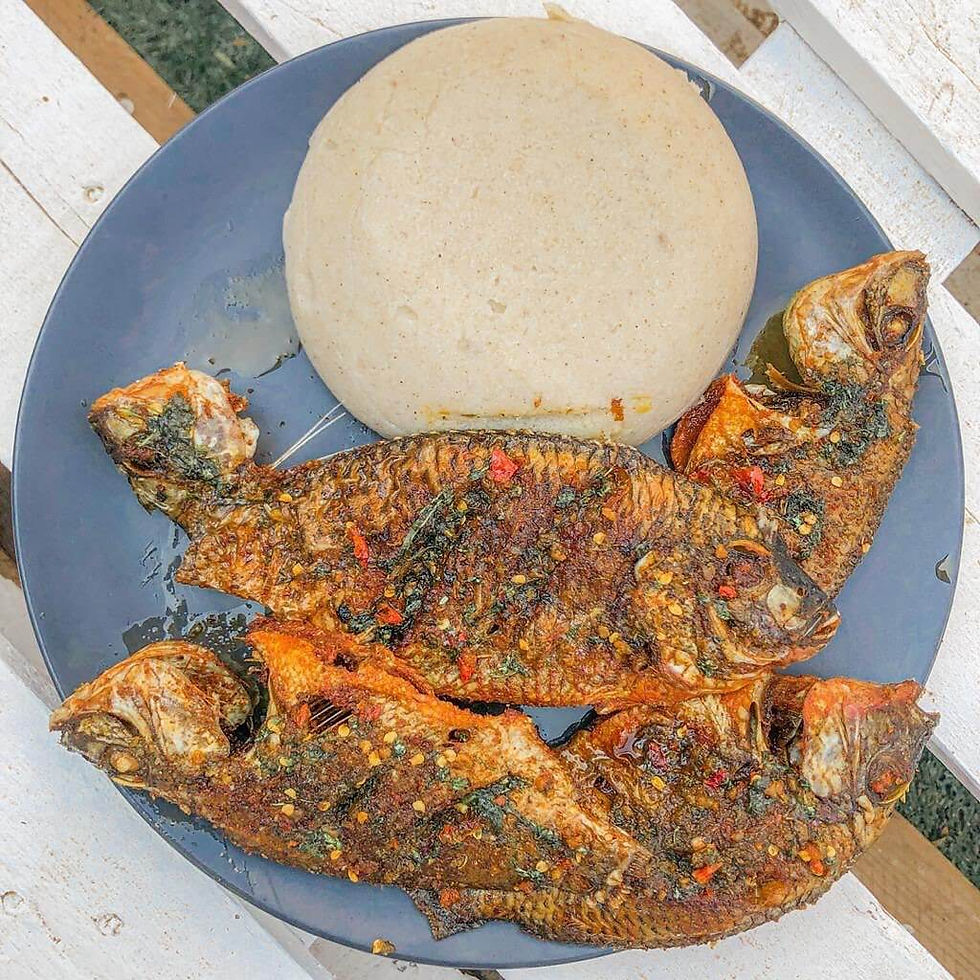Top 5 Namibian Dishes Loved by Visitors
- The blog nomad

- Sep 5, 2024
- 3 min read
Namibia’s culinary landscape is as diverse and breathtaking as its scenery, offering a unique blend of traditional African, European, and local influences. With its rich cultural heritage and varied ecosystems, the country has developed a distinct food culture that reflects the traditions of its indigenous peoples, colonial history, and modern innovations. Travelers to Namibia are often surprised by the depth of flavors and the variety of dishes available, from hearty stews to exotic street food.
Namibian cuisine is a meat-lover’s paradise, with dishes often featuring game such as springbok, kudu, or oryx. However, the coastal regions and riverside areas offer fresh seafood options, and the country's vibrant street food scene provides an authentic taste of everyday life. Whether you’re sampling delicacies at a market stall or enjoying a gourmet meal at a lodge, these dishes capture the essence of Namibia’s culinary tradition. Here are five iconic Namibian foods that every visitor should try to get a true sense of the country’s flavors and culture.
Kapana (Grilled Beef)

A favorite street food, Kapana features freshly grilled beef seasoned with chili and salt. It’s served with a tangy tomato and onion salsa, creating a mouthwatering combination. This popular dish is a go-to for a quick, flavorful bite.
Kapana is not just about the food—it’s a cultural experience. Many visitors enjoy the lively atmosphere around Kapana stalls, where vendors grill the meat right in front of you. It’s a communal experience, often enjoyed while socializing with locals.
Where to try: Single Quarters in Windhoek or Oshetu Market.
Biltong

Namibia’s version of air-dried, cured meat is a staple snack, typically made from game like kudu or springbok. Similar to jerky, biltong is seasoned with vinegar, salt, and spices, offering a burst of local flavor with each bite.
Biltong is often enjoyed as a snack or paired with drinks, making it a perfect on-the-go treat for road trips or safaris. The variety of meats used, such as beef, game, or ostrich, gives travelers a chance to taste the country's rich wildlife diversity in a single bite.
Where to try: Found in supermarkets and local shops throughout Namibia, particularly in Windhoek.
Potjiekos

A slow-cooked stew prepared over an open fire, Potjiekos is a rich dish often made with game meat and vegetables. It’s cooked in a cast-iron pot without stirring, allowing the flavors to develop over time.
The preparation of Potjiekos is often an event in itself, with friends and family gathering around the fire as the stew simmers. It’s a dish rooted in tradition, symbolizing togetherness, and is often enjoyed during outdoor gatherings or camping trips.
Where to try: Many lodges and restaurants near Etosha National Park, or during camping experiences throughout Namibia.
Mopane worms

For adventurous eaters, Mopane worms are a traditional delicacy. These caterpillars are either fried or stewed and are typically served with pap (maize porridge). They provide a unique, protein-rich option for those seeking to explore Namibia’s more exotic foods.
While Mopane worms may seem unusual to many, they are a nutritional powerhouse, rich in protein and fiber. For locals, they are a sustainable food source, and many travelers who try them appreciate the cultural significance and bold, earthy flavors.
Where to try: Available in open markets across northern Namibia and in Windhoek’s Oshetu Market.
Zambezi Bream

Zambezi Bream, a freshwater fish from the Zambezi Region, is a favorite for seafood lovers. Grilled and lightly seasoned, it’s often paired with pap and vegetables, providing a lighter yet flavorful dish.
This fish is not only delicious but also deeply connected to the fishing culture of northern Namibia. It’s a popular meal at riverside lodges and provides a refreshing break from the more meat-heavy dishes, making it a perfect option for travelers seeking a healthier, lighter meal.
Where to try: Restaurants and lodges along the Zambezi River and in the Caprivi Strip.


